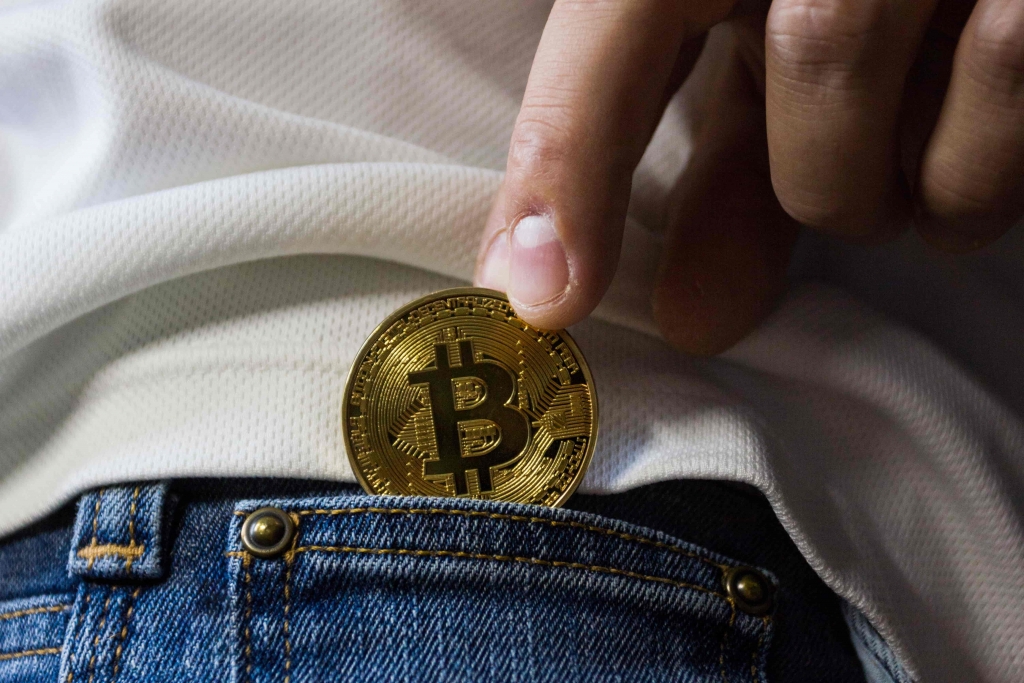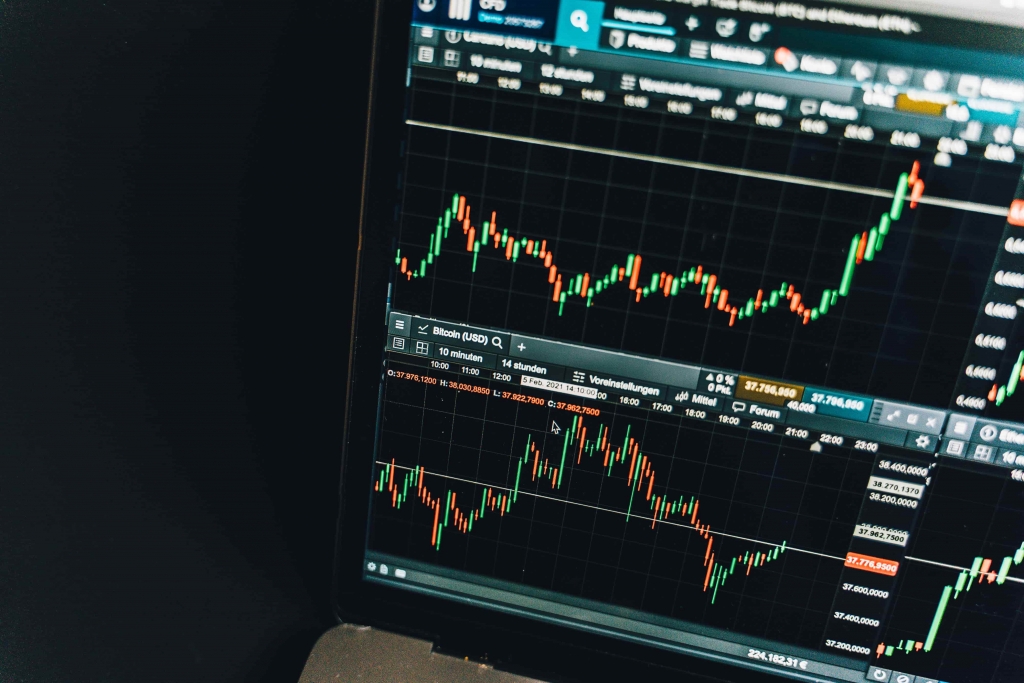Bitcoin has grown at a breakneck pace since its inception in 2009: Its value soared by about 30,000 percent from October 2013 to early June 2021, for example. While this is impressive in and of itself, some analysts believe Bitcoin’s value will continue to rise as cryptocurrencies and the blockchain technology that underpins them become more ubiquitous and integrated into people’s daily lives.

However, there is one big caveat to buying Bitcoin: While it has seen incredible highs, it has also had terrible lows.
For example, after reaching a high of almost PhP1.02M ($20,000) in 2017, its value dropped and did not rise above half of that until 2020. Even if it’s been trending upward since then, it’s still an extremely risky investment, and an ill-timed tweet from Elon Musk can wipe it out. As a result, experts advise just investing a modest portion of your savings in Bitcoin.
With that stated, if you still want in on the fun, here’s how to get your hands on some Bitcoin.
4 Steps to Buying Bitcoin
1. Select a Cryptocurrency Exchange
You’ll need a crypto exchange to acquire Bitcoin or any other cryptocurrency. This is where buyers and sellers meet to trade money for coins.
There are hundreds of exchanges to choose from, but as a novice, you’ll want to go with one that offers a good mix of ease of use, minimal fees, and excellent security. Check out our top selections for the best cryptocurrency exchanges, including Coinbase, Gemini, and Binance. If you haven’t already planned an exchange, consider the United States.
Check to see if your exchange platform has a Bitcoin wallet; if it doesn’t, you’ll need to create your own. You can also buy crypto on a platform like Robinhood, Paypal, or Venmo, though buying crypto this way frequently means you won’t be able to withdraw or move your coins to another platform. You’ll need to sell your crypto and then repurchase it on a separate exchange if you want to keep it in a different wallet.
Suggested Read: 7 Effective Ways to Save for Your Dream Vacation
2. Select a Payment Method
Before you can start investing in Bitcoin, you must first fund your account with funds from an exchange. You can fill your account with bank transfers from a checking or savings account, PayPal, wire transfers, a cryptocurrency wallet, or even a credit or debit card, depending on the exchange.
Keep in mind, however, that certain funding choices may incur additional transaction fees. When you make an electronic transfer from a bank account, for example, Coinbase doesn’t charge a fee. Wire transfers are charged PhP510 ($10), and PayPal transactions are charged 2.5 percent of the transaction value.
Things get considerably more expensive if you buy cryptocurrency directly using PayPal or a debit card rather than first funding your account and then using transferred funds: The cost on Coinbase has increased to 3.99 percent of the transaction value. On other platforms, credit card transaction costs are frequently at least as high.
Because fees restrict the amount of money you may invest (and thus the amount of money you must grow and compound), electronic transfers from a bank account make more sense than alternative options. Furthermore, if you buy cryptocurrencies with a credit card, it will be treated as a cash advance, and you will be charged a greater interest rate than you would on regular charges. Furthermore, using debt to purchase volatile investments is exceedingly dangerous.
3. Make a Purchase
You can place your first order to acquire Bitcoin once your account has been financed. You might be able to buy it simply hitting a button, or you might have to type in Bitcoin’s ticker symbol, depending on the platform you’re using (BTC). After that, you’ll need to enter the amount you want to invest.
You will own a fraction of a Bitcoin once the transaction is completed. This is due to the fact that purchasing a single Bitcoin today necessitates a sizable initial commitment. To buy a Bitcoin at the current price of PhP1.93M ($38,000), for example, you’d need to invest that much. If you put in less money, say PhP51,000 ($1,000), you’ll obtain a percentage of a Bitcoin, in this case 0.026 percent.
Suggested Read: Ultimate Newbie’s Guide to NFT Digital Arts
4. Choose a Secure Storage Option
Your crypto exchange most likely includes an integrated Bitcoin wallet or at the very least a favored partner where you may store your Bitcoin safely. Some users, on the other hand, are wary about leaving their crypto connected to the internet, where it could be taken more easily by hackers.
Most large exchanges have private insurance in place to reimburse customers in the event of a breach, and they’re gradually storing most user assets in offline “cold” storage. You can store your Bitcoin in an online or offline Bitcoin wallet of your choice if you want the highest level of protection.
However, keep in mind that if you withdraw cryptocurrency from an exchange, you may be charged a modest withdrawal fee. Furthermore, if you utilize a third-party crypto wallet custodian, you may lose access to your coins forever if you lose the private key that serves as your wallet password. Some Bitcoin millionaires have been robbed of their wealth as a result of this.
How to Sell Bitcoin
When you’re ready to sell your Bitcoin, go to your exchange’s website and issue a sell order, just like you did when you first bought it. Most exchanges allow you to choose between different order types, such as selling only when Bitcoin hits a particular price or placing an immediate order.
You have the option of selling all of your Bitcoin holdings or just a portion of them. You can deposit the funds into your bank account once the sale is completed. However, before you can transfer money back to your bank account, your exchange may require a holding time. This isn’t a cause for alarm; it merely takes time to ensure that the transactions are complete.
You might make money if you sell your Bitcoin. If you do, you’ll owe capital gains taxes because bitcoin sales are now required to be recorded on your taxes.
Suggested Read: NFTs are much bigger than an art fad
Should You Invest in Bitcoin?

Investing in the popular cryptocurrency, especially when its price is increasing, can be tempting. However, even though it has the potential to be a profitable investment, you should proceed with caution: It’s a very volatile investment that experts advise against putting a big portion of your savings into.
If you’re not sure whether Bitcoin or other cryptocurrencies are right for you, talk to a financial planner about it. They can help you figure out where cryptocurrencies fit into your overall investment strategy.
Suggested Read: 10 Things To Know About Cryptocurrency


